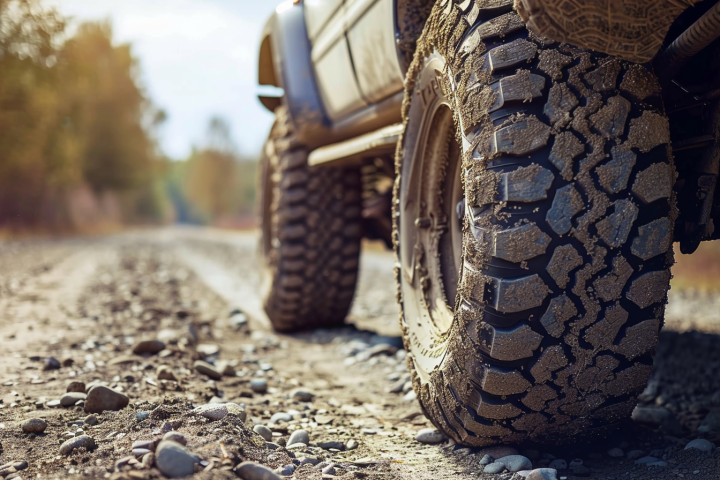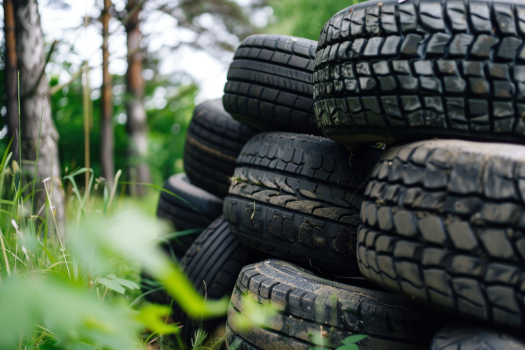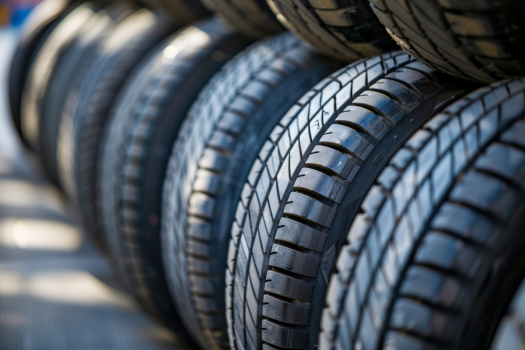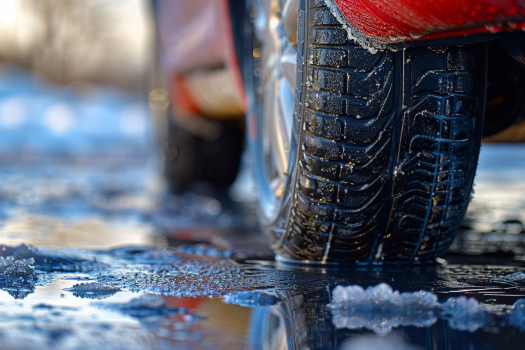Last Updated on April 21, 2024
Airless Tires vs. Pneumatic Tires: The Future of Tire Technology
The automotive world has witnessed countless technological revolutions since its inception, with each innovation promising a safer, more efficient driving experience. One such groundbreaking innovation that has recently gained traction is the airless tire. But how does it stack up against the conventional pneumatic tire, and will it soon be the new norm?
Understanding Airless Tires
Airless tires, also known as non-pneumatic tires, are designed to eliminate the need for inflation, offering a unique set of benefits that might appeal to many drivers.
Key Features of Airless Tires
- No Punctures: The most significant advantage of airless tires is their immunity to punctures, making flat tires a thing of the past.
- Consistent Performance: Since they don’t rely on air pressure, their performance remains constant, eliminating the need for regular air pressure checks.
- Eco-Friendly Design: Many airless tire designs use recyclable materials, contributing to a more sustainable automotive future.
Pneumatic Tires: Tried and True
Pneumatic tires have been the industry standard for over a century, offering a balance of comfort, performance, and safety.
Advantages of Pneumatic Tires
- Cushioned Ride: The air cushioning provides a smoother ride, absorbing road imperfections effectively.
- Versatility: They can be inflated or deflated to suit various terrains and conditions.
- Proven Track Record: Their long-standing history in the automotive world speaks to their reliability and performance.
Unveiling the Airless Concept at Tokyo 2012
At the 2012 Tokyo Motor Show, Bridgestone displayed its Airless Concept Tire to a fascinated crowd. Bridgestone Tires makes an environmental statement with its bright green exterior while implementing a successful design touch. It was nothing short of eye-catching when rolled out on the show floor mounted on an electric scooter.
The Science Behind Airless Tires
Bridgestone engineers hope to eliminate flats with these tires completely. Airless tires will never create a blowout simply because there is nothing to blow out. There are no sidewalls. Instead, the airless tires have thermoplastic spokes that curve out from their aluminum hub in intricate and complicated patterns that keep the tire’s shape.
The spokes are elastic enough to provide sufficient spring and flexibility for a comfortable ride but rigid enough to support the vehicle’s weight and prevent vibration. The outer ends of the thermoplastic spokes hold a wide band of tire tread in place, which finishes the airless tire and gives it a traditional rubber compound footprint where the tire contacts the road.

Rivals on the Horizon
Bridgestone is not the only tire manufacturer with an airless tire program. Michelin has introduced an airless tire named the Tweel. Yokohama has a stuffy tire project. Goodyear created an airless tire for NASA, used on the Moon Rover. Several smaller companies are developing modern airless tires for military use.
Going Green with Airless Tires
Airless tires are also better for the environment; Bridgestone says the new concept tire reduces rolling resistance, using less gasoline. Recycling airless tires is easier as thermoplastic can be melted and remolded into new products. As airless tires continue to replace pneumatic tires, tires piling up in dumps and landfills will continue to be reduced. An estimated 300 million waste tires are now dumped in the US annually. The cost to recycle these tires is prohibitive, translating into a very small percentage of recycled pneumatic tires.
Challenges and The Road Ahead
Airless tires will probably appear first for low-speed applications in controlled environments. Think small carts, wheeled bins, or machinery such as forklifts. They will also be seen on military vehicles, where avoiding flat tires can be a matter of life and death.
There is still much work to be done. Engineers must ensure that the spokes maintain flexibility and keep out rocks, dirt, mud, and snow from within the spokes. The tires must perform well and maintain their properties in hot, cold, and wet conditions.
The Shift Towards Airless Tires
While pneumatic tires have served us well, there’s a growing interest in airless alternatives, especially with the increasing focus on sustainability and efficiency.
Why Consider Airless Tires?
- Maintenance Reduction: No air means no more air pressure checks, puncture repairs, or replacements due to blowouts.
- Enhanced Safety: The risk of sudden tire failures is virtually eliminated with airless designs.
- Sustainability: The potential for recyclability and reduced wastage gives airless tires an edge in the green movement.
Conclusion
As we steer into the future, the tire industry continues to evolve, striving to meet the ever-changing demands of the modern world. While pneumatic tires have been trusty companions on our journeys, airless tires present a promising alternative that offers unique benefits. Only time will tell if they will become the new standard, but one thing is certain: innovation in tire technology is showing no signs of slowing down.
Are you intrigued by the potential of airless tires?
Be at the forefront of tire technology and elevate your driving experience. Browse and shop from a wide range of cutting-edge tire options, including airless designs, at Tires Easy. Secure the future of driving today!
FAQs
What is the alternative to pneumatic tires?
The primary alternative to pneumatic tires (filled with air) is airless or non-pneumatic tires. These tires are designed without an inner air-filled cavity and rely on a flexible spokes or solid material structure to bear the vehicle’s weight.
Are airless tires better than regular tires?
“Better” can be subjective and depends on the context. Airless tires have advantages like eliminating the risk of flats or blowouts and consistent performance without needing air pressure checks. However, they may provide a different ride quality and have other challenges than traditional pneumatic tires.
What are the disadvantages of airless tires?
Some disadvantages of airless tires include:
- Potential for a stiffer ride compared to air-filled tires.
- The intricate spoke design can trap debris, mud, or snow.
- It may not dissipate heat as effectively as traditional tires during prolonged high-speed travel.
- Currently, there is limited availability and higher costs for some applications.
Are pneumatic tires airless?
No, pneumatic tires are not airless. Pneumatic tires are designed to be air-filled and rely on this pressure to support the vehicle’s weight and provide cushioning. In contrast, airless tires do not contain an air-filled cavity and use other methods to keep the car.









